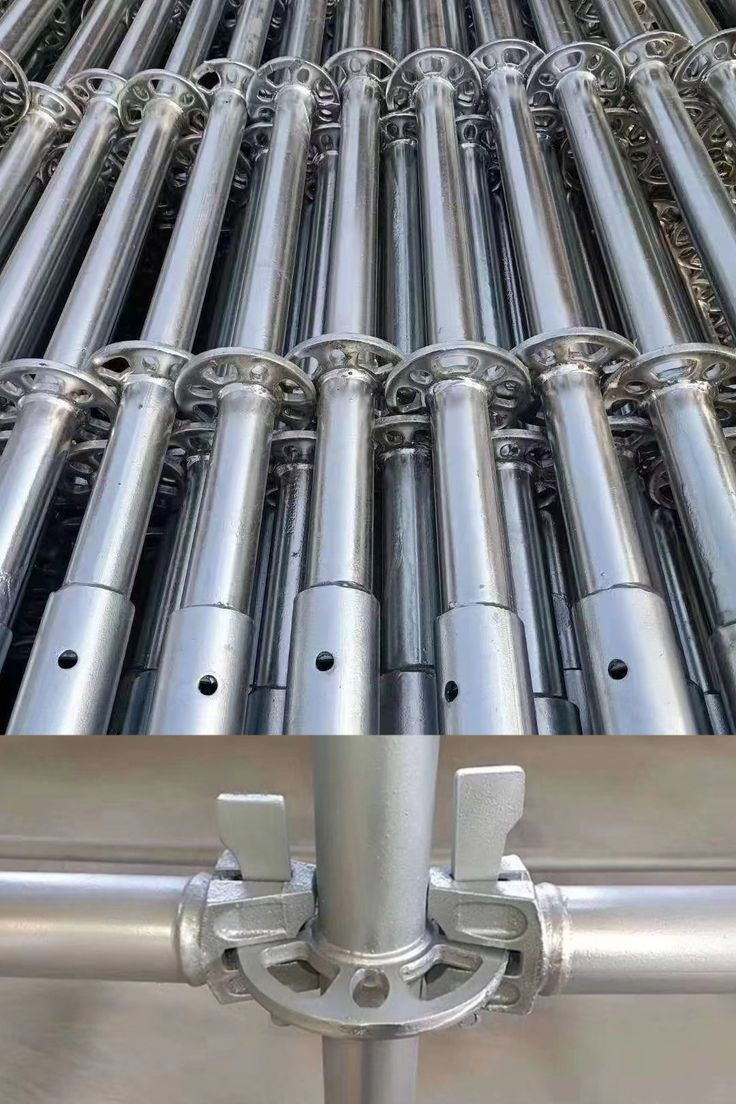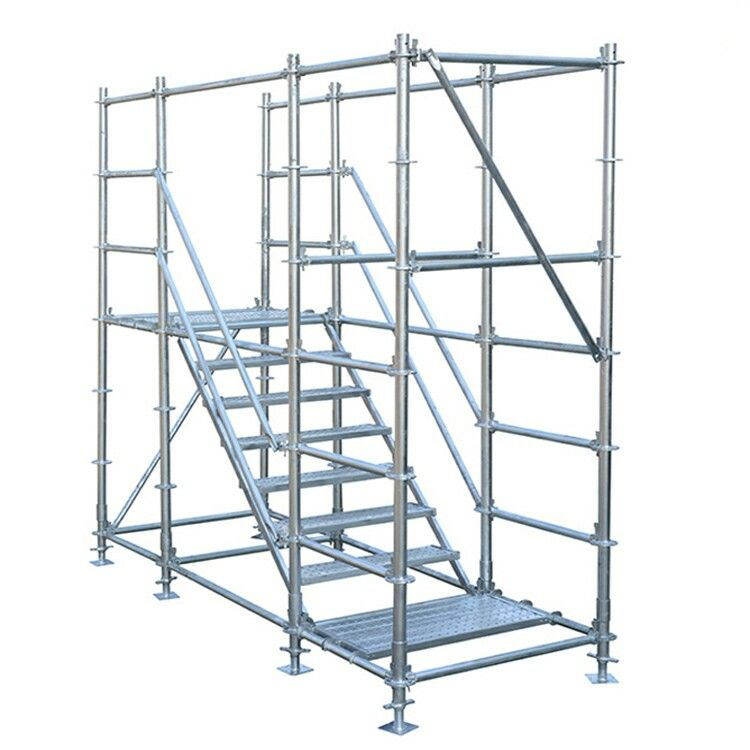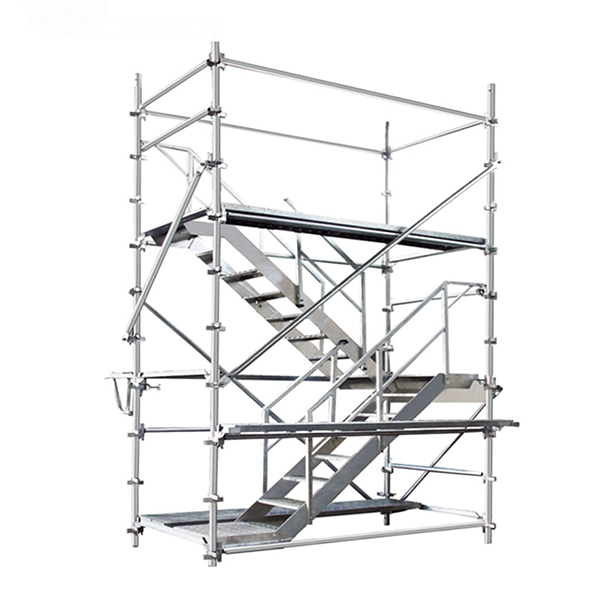
In the world of construction and industrial maintenance, scaffolding systems play an essential role in providing safe, stable, and adaptable access to work areas at height. With modern construction becoming increasingly complex and diverse in scale, the demand for modular flexibility in scaffolding systems has grown considerably.
Among the most widely used modular scaffolding systems—Ringlock, Cuplock, and Kwikstage—each offers unique advantages. However, when evaluating which system offers the best modular flexibility in terms of design and use, Ringlock scaffolding consistently stands out as the industry leader.
Understanding Modular Flexibility
Modular flexibility in scaffolding refers to how easily a system can be configured, adapted, and reconfigured to meet varying structural and architectural demands. This includes the system's ability to accommodate:
Complex geometries (curves, angles, elevation changes)
Speed of assembly and disassembly
Ease of modification mid-project
Compatibility with accessories and extensions
Safety and load-bearing capacity across variable configurations
A system with high modular flexibility enables contractors to address a broader range of projects with fewer components, less labor, and reduced setup time.
Comparing the Major Systems
1. Ringlock Scaffolding

Design & Connection Mechanism:
Ringlock scaffolding uses a rosette (ring) connector welded at intervals on vertical standards. Horizontal ledgers, diagonal braces, and other accessories attach to the rosette using a wedge-head mechanism, allowing up to eight connections per node at different angles.
Modular Flexibility Highlights:
360-degree connection capability at each rosette node allows for highly versatile configurations, even on irregular structures or sloped surfaces.
Components are standardized and interchangeable, supporting rapid changes to layout without extensive planning or redesign.
Ideal for projects involving industrial plants, shipbuilding, and stadiums, where geometry is highly non-linear.
Strengths in Use:
Fast, tool-free assembly with secure locking.
Fewer parts required, which simplifies logistics and inventory.
High load-bearing capacity per connection point.
2. Cuplock Scaffolding

Design & Connection Mechanism:
Cuplock Scaffolding features a unique cup-and-blade locking system. Horizontals (ledgers) have blade ends that fit into cups welded to vertical standards. The top cup is rotated to lock all blades simultaneously.
Modular Flexibility Highlights:
Effective for repetitive layouts like façade works or high-rise buildings with straight, vertical elements.
Strong and stable when erected in standard grid patterns.
Limitations:
Connections are fixed at standard intervals (typically 500mm or 1,000mm), which limits flexibility in uneven or angular configurations.
Cup joints only allow perpendicular connections, making it less suited for irregular or circular structures.
3. Kwikstage Scaffolding

Design & Connection Mechanism:
Kwikstage scaffolding uses wedge fittings and V-pressings on ledgers and transoms, allowing components to be "slotted in" and secured with a hammer blow. It’s known for quick setup and easy customization in some applications.
Modular Flexibility Highlights:
Well-suited for residential or mid-size commercial projects, especially where platforms and ledgers must be adjusted on site.
Can accommodate changes in height and direction more easily than Cuplock, but not as fluidly as Ringlock.
Limitations:
Angled or radial configurations are possible, but often require custom components or workarounds.
Less stable when attempting complex three-dimensional scaffolds.
Why Ringlock Leads in Modular Flexibility
1. Unmatched Connection Versatility
At the heart of Ringlock's modular advantage is its rosette connector, which permits up to 8 connections at a single joint. This means components can be added at various angles (45°, 60°, 90°, etc.) without any additional clamps or fittings. This dramatically reduces the number of special parts needed to build around domes, curves, tanks, or irregular facades.
2. Minimal Component Variety
Ringlock systems are designed with standardized components that fulfill multiple roles. A few base elements—vertical standards, horizontal ledgers, diagonal braces, base jacks, and adjustable U-heads—can be combined in countless configurations. This reduces warehouse complexity and facilitates faster on-site decision-making.
3. Time Efficiency
While Cuplock and Kwikstage are also fast to erect, Ringlock’s quick-connect wedge system combined with its high configurability results in significant labor savings on complex structures. There's no need to cut, drill, or improvise—adjustments can be made on the fly.
4. Superior Safety Integration
Ringlock scaffolds maintain structural integrity even in complex layouts due to the rigid locking mechanism and triangulated bracing. Safety accessories like toeboards, guardrails, stairways, and mesh enclosures can be integrated seamlessly into the modular design.
5. Adaptability to Different Industries
From industrial plant maintenance to offshore rigs, shipbuilding, aerospace, and bridge repairs, Ringlock scaffolding systems offer flexible access without sacrificing strength or stability. The same system can be scaled or reshaped as project conditions evolve.
Real-World Applications That Prove the Point
Stadium Construction:
Stadiums often feature radial geometries and multi-tiered levels that are not uniform. Ringlock scaffolding has been widely used in stadium projects for its ability to create circular and inclined working platforms with minimal custom parts.
Refineries and Power Plants:
Facilities with extensive pipe networks and confined spaces benefit from Ringlock’s compact connections and the ability to create high-density scaffolds around irregular shapes and obstacles.
Historic Building Restoration:
Ringlock scaffolds can be adapted to heritage structures with non-uniform facades or delicate exteriors, using minimal contact points and customized support geometry.
Conclusion
While Cuplock and Kwikstage scaffolding systems offer proven strength and efficiency for conventional, repetitive construction projects, Ringlock scaffolding emerges as the best system in terms of modular flexibility. Its multi-directional connections, standardized components, and superior adaptability make it the preferred choice for contractors and engineers handling diverse, irregular, or technically demanding builds.
As architectural trends move toward complex geometries, sustainability, and fast-paced project execution, having a scaffolding system like Ringlock that can evolve with the design becomes more than just a benefit—it becomes a necessity. For companies seeking long-term value, enhanced productivity, and design freedom, investing in Ringlock scaffolding offers both immediate and strategic advantages.
Howerver, if you have any scaffold materials demand, ADTO Group is your best choice, which own over 20 years experice on building industry. It was founded in 1998 and is a global one-stop provider of building materials. The group operates 12 first-level business divisions and over 260 sub-divisions, all of which are source factories. It provides comprehensive high-quality services including design, production, processing, sales, and international logistics for a full range of construction materials, decoration materials, and home furnishing materials to global clients on a sustainable basis.










